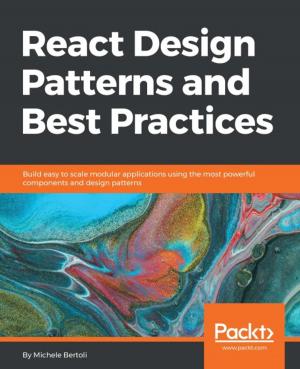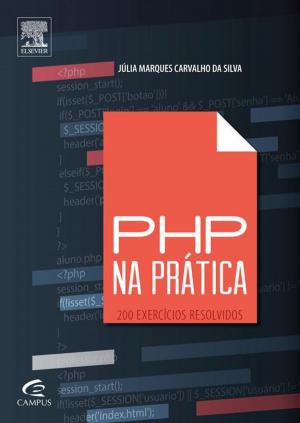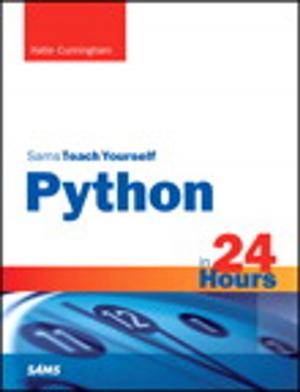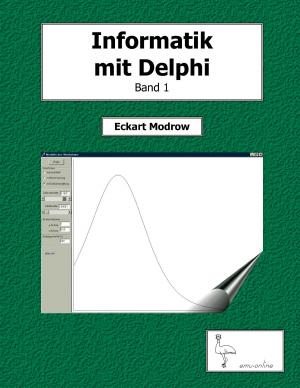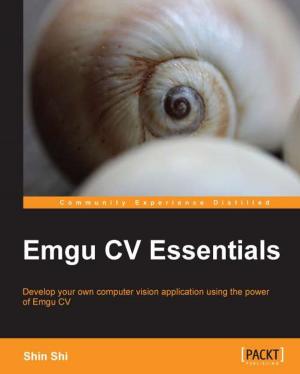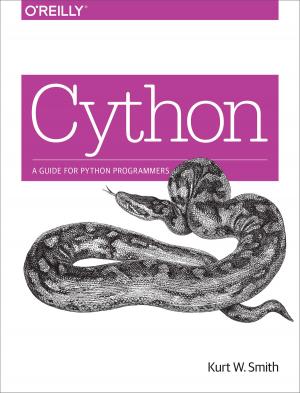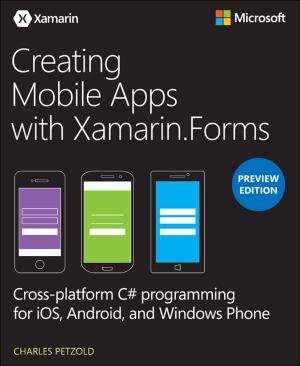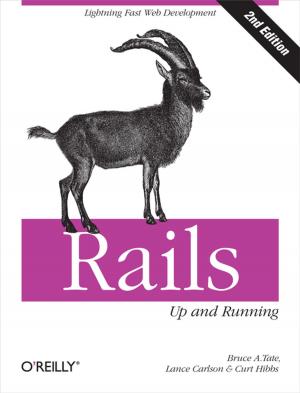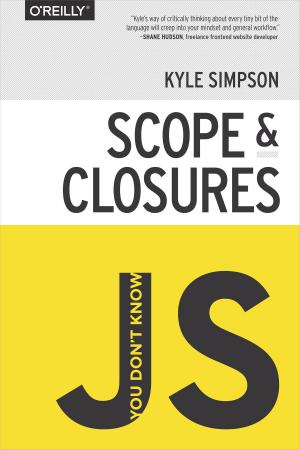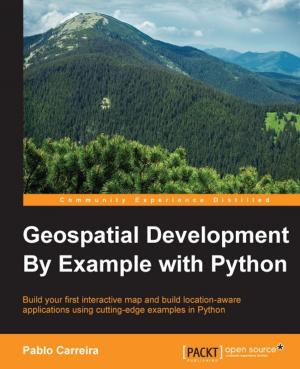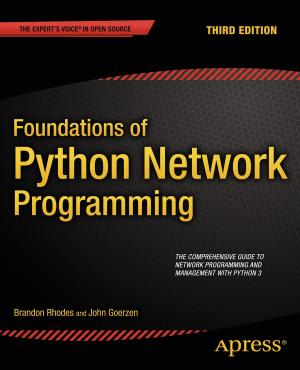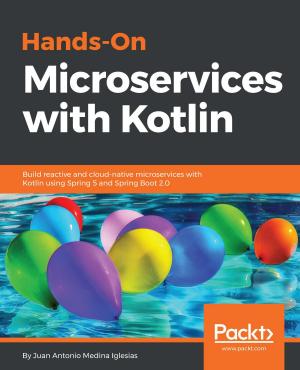Business Intelligence in Oracle APEX
Transition of BI from IT to End Users
Nonfiction, Computers, Application Software, Financial Applications, Programming, Software Development, Programming Languages| Author: | Riaz Ahmed | ISBN: | 1230002573052 |
| Publisher: | Riaz Ahmed | Publication: | September 26, 2018 |
| Imprint: | Language: | English |
| Author: | Riaz Ahmed |
| ISBN: | 1230002573052 |
| Publisher: | Riaz Ahmed |
| Publication: | September 26, 2018 |
| Imprint: | |
| Language: | English |
Oracle Application Express (APEX) is an amazing application development platform. Not only it provides an environment in which people with SQL and PL/SQL knowledge can rapidly develop data-centric web applications, it also allows end-users to interact with their data via tools like interactive report, interactive grid, different types of charts, maps and more.
The book is titled Business Intelligence in Oracle APEX. Yes, it is true! As just mentioned, Oracle APEX comes with many built-in tools that we use only with BI applications. Interactive Report, for example, allows you to create crosstab reports, define thresholds and KPIs, apply filters and add aggregations. All these capabilities are usually found in conventional BI tools. Once a developer creates an application and hands it over to end-users, they can use these user-friendly tools to mold the output the way they want. The only barricade faced by end-users is the knowledge of SQL and PL/SQL, which prevents them to interact directly with the database. To address this hurdle, the book is divided into two sections – Developer and User corners. The Developer Corner is aimed at developers, while the User Corner contains instructions for end-users. In the Developer Corner, people with intermediate Oracle APEX knowledge will set the foundation of a BI application by developing interfaces for creating and modifying analyses, linking analyses, and viewing analyses results in tabular format, charts, and geo maps. After creation, the application will be handed over to end-users, who will interact with relevant data through these BI application interfaces to create their own analyses without further help from developers.
Oracle Application Express (APEX) is an amazing application development platform. Not only it provides an environment in which people with SQL and PL/SQL knowledge can rapidly develop data-centric web applications, it also allows end-users to interact with their data via tools like interactive report, interactive grid, different types of charts, maps and more.
The book is titled Business Intelligence in Oracle APEX. Yes, it is true! As just mentioned, Oracle APEX comes with many built-in tools that we use only with BI applications. Interactive Report, for example, allows you to create crosstab reports, define thresholds and KPIs, apply filters and add aggregations. All these capabilities are usually found in conventional BI tools. Once a developer creates an application and hands it over to end-users, they can use these user-friendly tools to mold the output the way they want. The only barricade faced by end-users is the knowledge of SQL and PL/SQL, which prevents them to interact directly with the database. To address this hurdle, the book is divided into two sections – Developer and User corners. The Developer Corner is aimed at developers, while the User Corner contains instructions for end-users. In the Developer Corner, people with intermediate Oracle APEX knowledge will set the foundation of a BI application by developing interfaces for creating and modifying analyses, linking analyses, and viewing analyses results in tabular format, charts, and geo maps. After creation, the application will be handed over to end-users, who will interact with relevant data through these BI application interfaces to create their own analyses without further help from developers.

